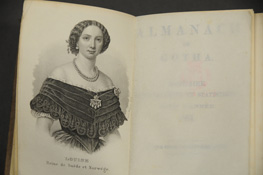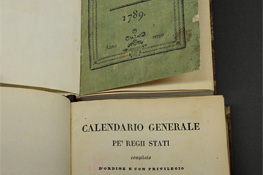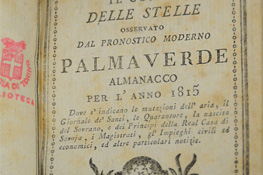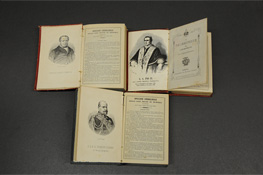Versione italiana English version Version française Versión en español
"Almanacchi, almanacchi nuovi; lunari nuovi. Bisognano, signore, almanacchi?"
Piedmont people have been browsing the Palmaverde almanac for 166 years, searching for news and foretastes about the coming year, moon cycles, holidays, weather forecasts, geographic, historical, medical and agronomic news. Continously published from 1722 to 1888, Il Corso delle stelle osservato dal pronostico moderno. Palmaverde. Almanacco piemontese, completed with illustrations and frontispiece, it takes its name from the palm pressed on the frontispiece as a symbol of peace and glory. It also gained political importance in a case of, as we would speak today, spoil-system, when Vittorio Emanuele I asked for the volume from 1798 in order to call back in service the officials who appeared there, to substitute the ones who demonstrated to be sympathetic with the French government.
Palmaverde was directed to a really wide group of people: it was a work instrument for farmers interessed in lunar phases and weather forecasts, for the traders who was searching for a piece of information about fairs an markets. It was rich in news about sovereigns, about court, about clergymen, about comunal administration; it used to provide the time schedules of the post offices and the transports, the coins values, historical, scientific and literary annotations.
The historical Library owns the whole collection of Palmaverde, of Biblioteca Oltremontana, the index of books printed in Piedmont from 1789 to 1792, and of the Calendario Generale pe' i Regii Stati, published between 1824 and 1881, a useful gathering which offers a complex view of how administrative sectors of Sardo-Piemontese reign would work.
In the end there is a wide collection of the Almanach de Gotha, the famous genealogical almanac of the royal houses and of the most important aristocratic families in Europe, published from 1763 to 1944, recently widened with datas and stats from all the countries in the world. Almanacs, which at the beginning used to have illustrations and frontispiece, contained articles about food, science and many other subjects.




